The state of Georgia’s Department of Natural Resources has announced that the number of Wood Stork nests state-wide is higher this year than any other year since aerial nest surveys began in the early 1990s. The count of more than 2,500 broke the previous record of about 2,200, and is attributed to poor weather early in the breeding season in Florida, which caused at least some storks to relocate and attempt a new nest in Georgia. Here’s hoping the Wood Stork continues on its comeback trail.
Recent Posts
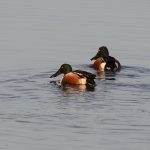 Birding Port Meadow, OxfordBy Luca
Birding Port Meadow, OxfordBy Luca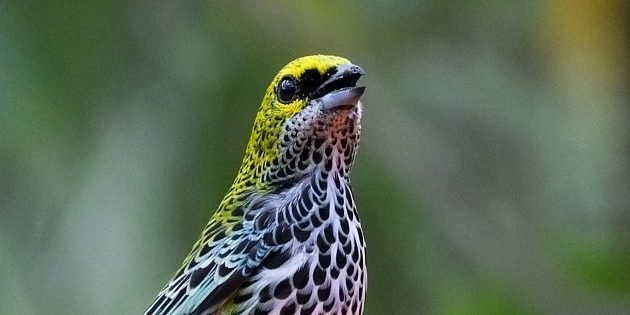 Photogenic Birding in San Vito, Costa RicaBy Patrick O'Donnell
Photogenic Birding in San Vito, Costa RicaBy Patrick O'Donnell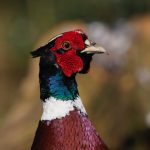 Farewell to ArmsBy David T
Farewell to ArmsBy David T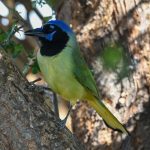 Hannah and Erik Go Birding: Rio Grande Valley Birding Festival 2025By Hannah Buschert
Hannah and Erik Go Birding: Rio Grande Valley Birding Festival 2025By Hannah Buschert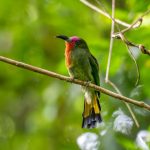 Species Spotlight: Bearded Bee-eaterBy Kai Pflug
Species Spotlight: Bearded Bee-eaterBy Kai Pflug An Interview with Bo Beolens of the Fatbirder birding siteBy Editor
An Interview with Bo Beolens of the Fatbirder birding siteBy Editor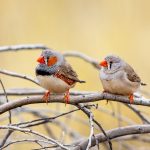 Best Retirement Countries for BirdersBy Peter
Best Retirement Countries for BirdersBy Peter
Posting Calendar
| DAY | WRITER(S) | SERIES (weekly) |
|---|---|---|
| MON | Kai (w) | Birding Lodges |
| TUE | Donna (m) Susan (m) Hannah (m) Fitzroy (m) Grace (m) | Bird Guides |
| WED | Leslie (bw) Faraaz (bw) | Ask a Birder |
| THU | Paul (w) Cathy (bw) | Birder’s Lists |
| FRI | David (w) | Species Spotlight |
| SAT | Peter (bw) Luca (bw) | From the Archives |
| SUN | Clive (w) Sanjana (m) | Three Photos |
| w weekly, bw biweekly, m monthly | ||
| Any time: Jason, Mark, John, Sara, Rolf, Dragan | ||
See here for info on the writers.
Newsletter
Signup and receive notice of new posts!
Thank you!
You have successfully joined our subscriber list.






Well, frankly Corey, that’s not exactly brilliant news, is it?
If the increase is not caused by an overall population increase in the US but by a relocation of birds because the breeding season was so bad in Florida, then one might presume that the overall population in the US had not the best of breeding years?
Although I do confess to not having followed the link due to time constrains and not knowing enough – well, anything really – about Wood Stork population dynamics.
Heck, I haven’t even seen a Wood Stork…
🙂
Yeah, it’s really more of an illustration as to why bird populations have to be looked at on a large scale.